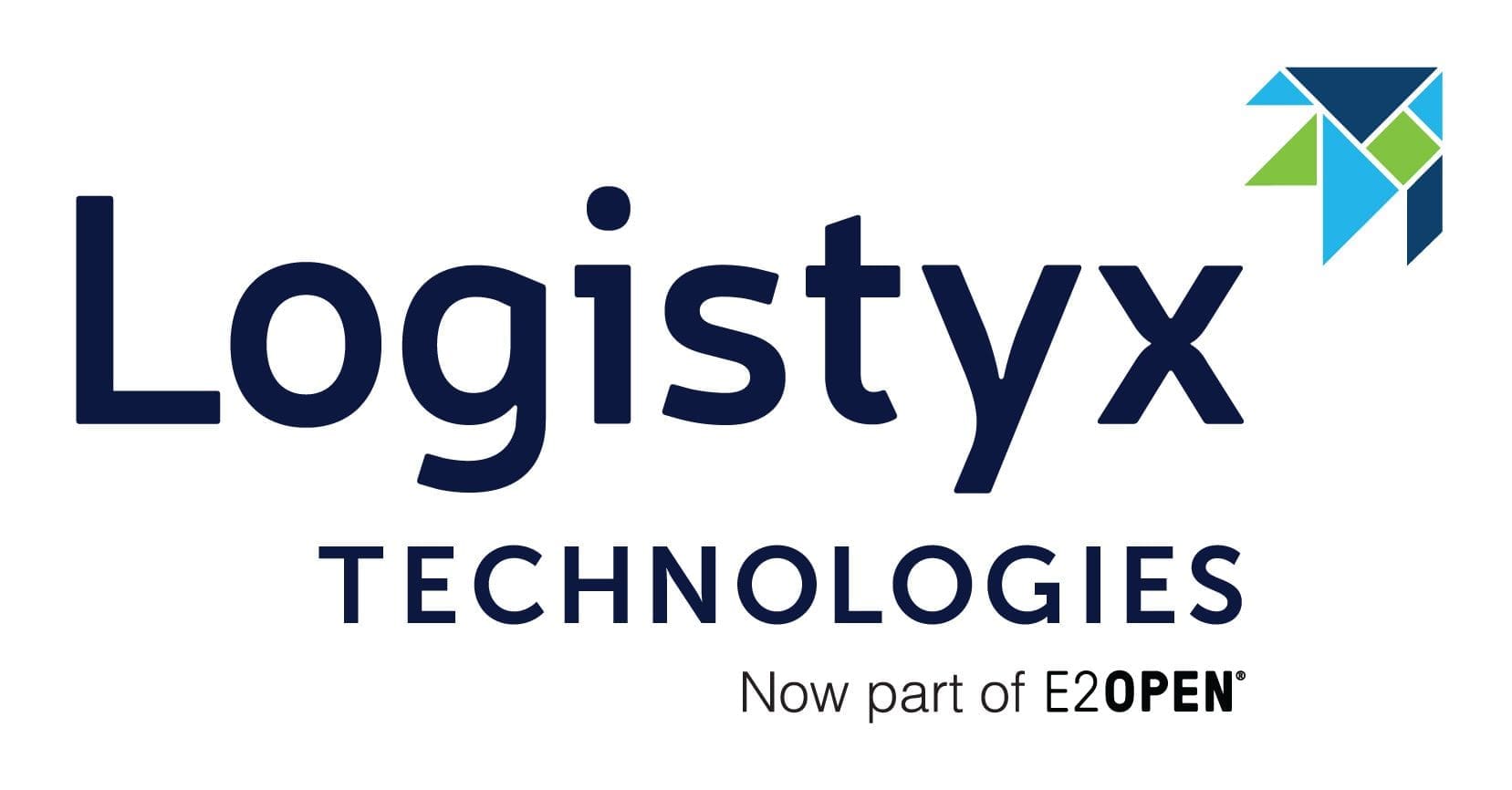 The modern warehouse is no longer just a storage facility, it’s a living, intelligent ecosystem. Increasingly, logistics operations rely on connected devices, real-time analytics, and automation to reduce cost, increase throughput, and meet sustainability goals. Central to this evolution is the use of wireless sensor networks and IoT platforms. While early deployments often relied on protocols like Zigbee and Z-Wave, the logistics technology stack has since diversified, with newer solutions offering broader capabilities and greater alignment with enterprise demands.
The modern warehouse is no longer just a storage facility, it’s a living, intelligent ecosystem. Increasingly, logistics operations rely on connected devices, real-time analytics, and automation to reduce cost, increase throughput, and meet sustainability goals. Central to this evolution is the use of wireless sensor networks and IoT platforms. While early deployments often relied on protocols like Zigbee and Z-Wave, the logistics technology stack has since diversified, with newer solutions offering broader capabilities and greater alignment with enterprise demands.
Today, as Green IoT rises to the forefront, the conversation is shifting. The emphasis is no longer just on connectivity, but on how that connectivity can be deployed responsibly, efficiently, and sustainably.
From Simple Connectivity to Intelligent Infrastructure
The initial wave of warehouse IoT was driven by a desire to reduce energy use and improve visibility. Wireless technologies like Zigbee and Z-Wave provided relatively simple, low-power communication among devices for tasks such as:
- Smart lighting and motion-activated zones
- Environmental monitoring for humidity and temperature
- Basic asset location within fixed zones
These systems were effective within controlled, indoor environments and laid the groundwork for automation. But as expectations around speed, scale, and data grew, the limitations of early protocols, such as low data throughput, limited range, and poor interoperability, began to show.
Rather than replacing Zigbee or Z-Wave outright, many operators began adopting a layered architecture, where different protocols are used in tandem depending on the application. This multi-protocol approach remains common in transitional environments today.
The Modern Smart Logistics Toolkit
As logistics operations have become more complex and digitally integrated, newer wireless standards have taken hold. These include:
Bluetooth Low Energy (BLE 5.0/5.1)
BLE is widely used for indoor positioning systems, smart beacons, and mobile app integrations. It offers longer range and higher bandwidth than previous versions and is well-suited for tracking inventory within facilities.
LoRaWAN
A long-range, low-power protocol that supports applications across large outdoor areas, such as shipping yards, intermodal facilities, and cold chain transport. LoRa’s ability to operate across multiple kilometers with minimal power usage has made it a favorite in distributed supply chains.
Ultra-Wideband (UWB)
UWB is emerging in environments that require precise real-time location, such as robotic picking systems or high-value inventory zones. Its accuracy down to 10–30 centimeters far exceeds what traditional wireless systems can deliver.
Private 5G and Wi-Fi 6
These high-bandwidth systems are ideal for modern warehouses that utilize autonomous mobile robots (AMRs), computer vision systems, or augmented reality tools. They provide the speed and reliability necessary for complex orchestration of devices.
The result is an environment that is interoperable, data-rich, and highly responsive, something that early IoT protocols alone could not deliver.
Green IoT: Marrying Sustainability and Efficiency
As connectivity matured, so did the understanding that IoT systems could also contribute to environmental goals. This gave rise to the concept of Green IoT, which aims to minimize energy use, reduce e-waste, and design systems that are environmentally conscious from end to end.
In warehousing and logistics, Green IoT translates into technologies and practices like:
- Battery-free sensors that harvest energy from light, motion, or heat
- Optimized lighting and HVAC systems based on real-time occupancy data
- Predictive maintenance that reduces unnecessary machine wear and part replacement
- Edge computing to reduce energy-intensive cloud transmission
- Device recycling programs and modular hardware for longer lifecycle management
Green IoT doesn’t just reduce environmental impact, it often improves performance. For example, motion-activated lighting powered by harvested solar energy not only cuts electricity usage, but also eliminates the cost of wiring and routine battery changes.
Real-World Examples
Many logistics leaders are already applying these ideas in practice:
- DHL has deployed warehouse automation systems using sensor networks and AI to reduce energy and improve picking efficiency.
- Maersk uses low-power LoRa-based sensors to monitor refrigerated containers across global trade lanes, ensuring both cargo quality and energy savings.
- Walmart integrates IoT with machine learning in its distribution centers to fine-tune HVAC and lighting systems, with sustainability as a core goal.
Each of these examples reflects a multi-layered approach to connectivity, using both established and emerging technologies in combination to achieve operational goals.
What Role Do Zigbee and Z-Wave Still Play?
While not the centerpiece of innovative logistics infrastructure, Zigbee and Z-Wave remain in use, particularly in:
- Legacy energy management systems, especially in older facilities retrofitted for smart lighting or temperature control
- Cold chain applications, where simple environmental sensing is sufficient
- Security and access systems that benefit from Zigbee/Z-Wave’s reliable short-range mesh networks
These protocols are stable, energy-efficient, and effective in closed-loop use cases. However, they are not ideal for high-growth logistics environments that require seamless cloud integration, mobile responsiveness, or precise location intelligence.
Rather than being obsolete, they are simply no longer leading innovation. Their continued use is often the result of infrastructure inertia, when they’re already deployed and doing the job, many facilities choose to leave them in place until a broader upgrade is warranted.
Looking Ahead: Integration and Intelligence
What the logistics industry needs today is not just more sensors, but more intelligence from those sensors. This requires:
- Scalable architectures that support thousands of devices across multiple protocols
- Unified platforms that synthesize data from various sources and feed insights into ERP or WMS systems
- Sustainability metrics embedded directly into infrastructure, from uptime to carbon output
With the rise of AI, digital twins, and advanced robotics, smart warehouses are becoming not just responsive but predictive. Green IoT is a natural fit for this world, designed not only to support business goals but to do so responsibly.
The Future Is Multi-Modal and Sustainable
The era of relying on a single wireless protocol is over. Instead, smart logistics is increasingly about balancing legacy infrastructure with forward-looking deployments, and integrating technologies that are not only efficient but sustainable.
Zigbee and Z-Wave played a supporting role in the early evolution of smart warehousing. Today, their legacy is best understood as a foundation, one that has given way to more versatile and environmentally aligned solutions.
As the logistics industry faces rising pressure to decarbonize, optimize, and modernize, Green IoT will continue to shape the next generation of warehouse design. It’s not about the protocol, it’s about the outcomes: smarter operations, lower costs, and a more sustainable planet.
















